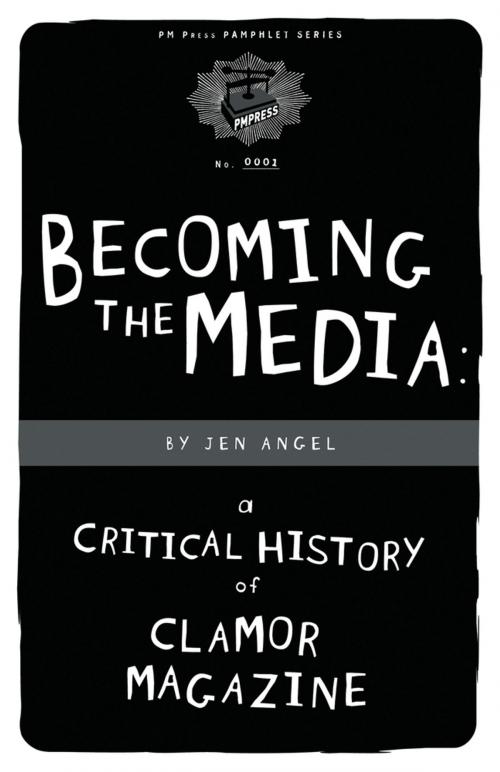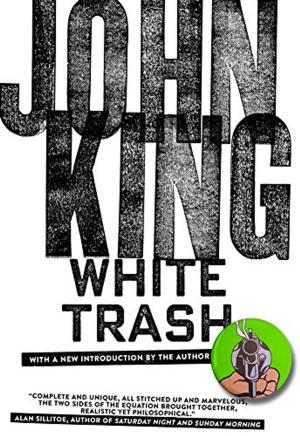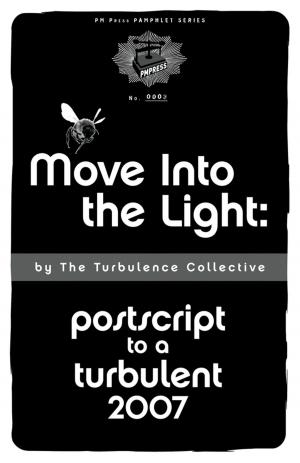Becoming The Media
A Critical History Of Clamor Magazine
Nonfiction, Reference & Language, Language Arts, Journalism, Social & Cultural Studies, Political Science| Author: | Jen Angel | ISBN: | 9781604861228 |
| Publisher: | PM Press | Publication: | April 1, 2008 |
| Imprint: | PM Press | Language: | English |
| Author: | Jen Angel |
| ISBN: | 9781604861228 |
| Publisher: | PM Press |
| Publication: | April 1, 2008 |
| Imprint: | PM Press |
| Language: | English |
Clamor Magazine was a movement publication that existed between 2000 and 2006, covering radical politics, culture, and activism. Clamor published 38 issues and featured over 1,000 different writers and artists. The mission statement was:
Clamor is a quarterly print magazine and online community of radical thought, art, and action. An iconoclast among its peers, Clamor is an unabashed celebration of self-determination, creativity, and shit-stirring. Clamor publishes content of, by, for, and with marginalized communities. From the kitchen table to shop floor, the barrio to the playground, the barbershop to the student center, it's old school meets new school in a battle for a better tomorrow. Clamor is a do-it-yourself guide to everyday revolution.
This analysis is presented as a case study on how movement projects and organizations deal with vital but rarely discussed issues such as management, sustainability, ownership, structure, finance, decision making, power, diversity, and vision.
Clamor Magazine was a movement publication that existed between 2000 and 2006, covering radical politics, culture, and activism. Clamor published 38 issues and featured over 1,000 different writers and artists. The mission statement was:
Clamor is a quarterly print magazine and online community of radical thought, art, and action. An iconoclast among its peers, Clamor is an unabashed celebration of self-determination, creativity, and shit-stirring. Clamor publishes content of, by, for, and with marginalized communities. From the kitchen table to shop floor, the barrio to the playground, the barbershop to the student center, it's old school meets new school in a battle for a better tomorrow. Clamor is a do-it-yourself guide to everyday revolution.
This analysis is presented as a case study on how movement projects and organizations deal with vital but rarely discussed issues such as management, sustainability, ownership, structure, finance, decision making, power, diversity, and vision.















